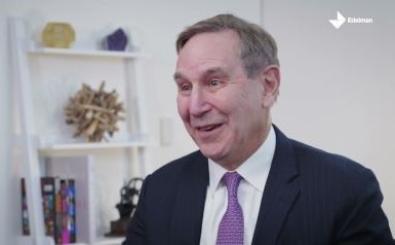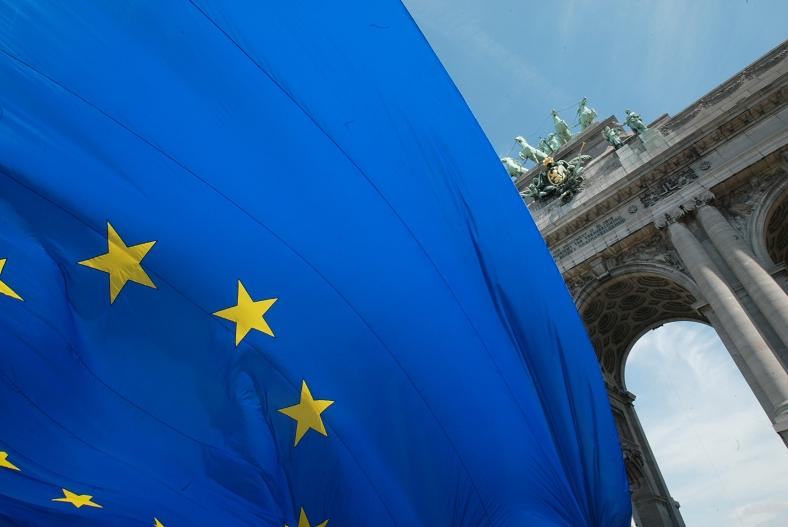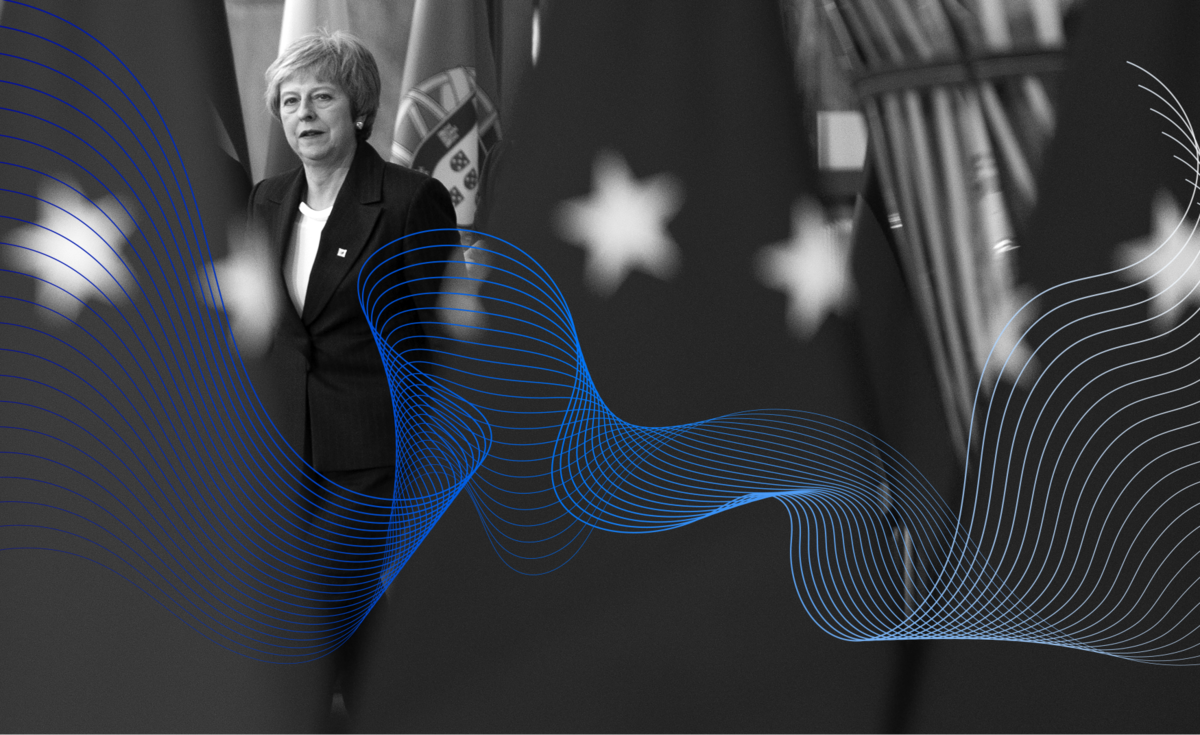This is part of an ongoing series on Europe's Year of Change.
Sibiu was a buzz word last week, together with Strategic Agenda, Spitzenkandidat, and Declaration, but what on earth can be so important about yet another meeting of EU leaders?
What was the 2019 Sibiu Summit?
On Europe Day (9 May), the Heads of State and Government of the EU convened in Sibiu, a city in the heart of Romania, to discuss the future of the bloc and start discussions on the nominations for the Institutions’ key positions for the next 5 years.
The meeting was firstly proposed by Commission President Jean-Claude Juncker in his 2017 State of the Union speech, as an opportunity for the EU27 to get together after Brexit and to take concrete decisions for a more united, stronger and democratic Europe that listens to the needs of its citizens.
At the time, the intention was to give the gathering a highly symbolic, era-defining meaning, but the postponement of Brexit has turned the event into a more uncertain milestone on the road to the various institutional changes awaiting the EU this year.
As the latest informal meeting of the EU27 leaders since the results of the Brexit Referendum in the UK, this meeting was different as it did not focus on how to deal with an orderly withdrawal of the UK or how to shape the future relationship. In fact, Brexit was not even on the agenda.
Why should this matter to you?
Whether or not Brexit will happen and regardless of when and how it will happen, the remaining Member States need to look at the bloc’s responsibilities in the upcoming weeks, months and years. This will include:
- Assessing the results of the European elections
- Proposing a strategic agenda for the next 5 years, addressing some of the most difficult social, economic and sustainability challenges the EU is facing (e.g. migration, climate change, trade war, etc.)
- Proposing the President of the Commission
- Nominating the Commissioners
The Sibiu Summit was the first opportunity for EU leaders to get together and initiate the discussion on these issues and the results of this meeting tell us something about their intentions as to what kind of Europe they would like to create.
Concretely, here are the three things you need to know about.
1. The Sibiu Declaration
The Sibiu Declaration is made of 10 commitments which the 27 EU leaders have unanimously adopted in a very fast and unchallenged fashion (read the full Declaration here).
The text includes broad reference to member states pledging to staying “united through thick and thin”, upholding the “principle of fairness”, and continuing to “protect our way of life, democracy and the rule of law”, all of which has not always been the case in the past years. Despite the speed with which leaders have adopted the declaration, member states remain far from aligned on a number of key issues including migration, rule of law, taxes, environmental policies and even the very essence of what the EU should aim to be (e.g. more Europe v. less Europe).
Nevertheless, reference is made to “one Europe – from East to West, from North to South”, confirming that the two-speed Europe option will not be pursued as an option to allow countries who want further integration to press ahead without those who don’t. Among other things, the commitments also briefly touch upon the need to safeguard the future of the next generations, to preserve the environment and fight climate change, although with no reference to any concrete measure in this direction.
Importantly, these principles do not constitute “formal conclusions” as those drafted at the end of official European Council meetings, they rather stand as a “declaration of intent” on how the member states plan to work together in the future.
2. The European Elections
EU leaders remain divided on the Spitzenkandidat process – the process through which the top Commission is given to the lead candidate of the political group who wins the elections. The process has the support of a number of leaders, particularly those belonging to the European People’s Party (EPP) family, and including German Chancellor Angela Merkel and Austrian Chancellor Sebastian Kurz. However, it also counts high-profile opponents, including French President Emmanuel Macron.
More clarity on this will come after the next meeting of the EU leaders on 28 May, this time including Theresa May. Council President Donald Tusk is determined to take a decision on the top jobs by June.
3. The Strategic Agenda
EU Leaders will adopt the EU Strategic Agenda for 2019-2024 in their meeting on 20-21 June. The document will be the basis for the work programmes of the other EU institutions and therefore it will constitute an important element to understand future EU initiatives.
In Sibiu, participants discussed an initial outline which includes a number of initiatives divided into 4 macro areas.
The outline includes initiatives such as developing a EU industrial policy and a strong presence in the area of artificial intelligence; accelerating the energy transition and working towards climate neutrality; promoting the rule-based multilateral order and pursuing an ambitious trade policy; reforming the EU asylum policy and boosting the EU defence budget.
What happens next?
| European Elections | |
| European Council extraordinary meeting after the EU elections – Spitzenkandidat dilemma and other top jobs will be high in the agenda | |
| European Council meeting – adoption of the Strategic Agenda | |
| 2 July 2019 | 1st Plenary session – election of the President of the European Parliament |
| 15 July 2019 | 1st opportunity for the European Parliament to elect the President of the European Commission nominated by the European Council |
| September-October 2019 | Hearings of Commissioners-designate in Parliamentary committees |
| October 2019 | New Commission is elected by the European Parliament |
| October-November 2019 | Commission taking office |






